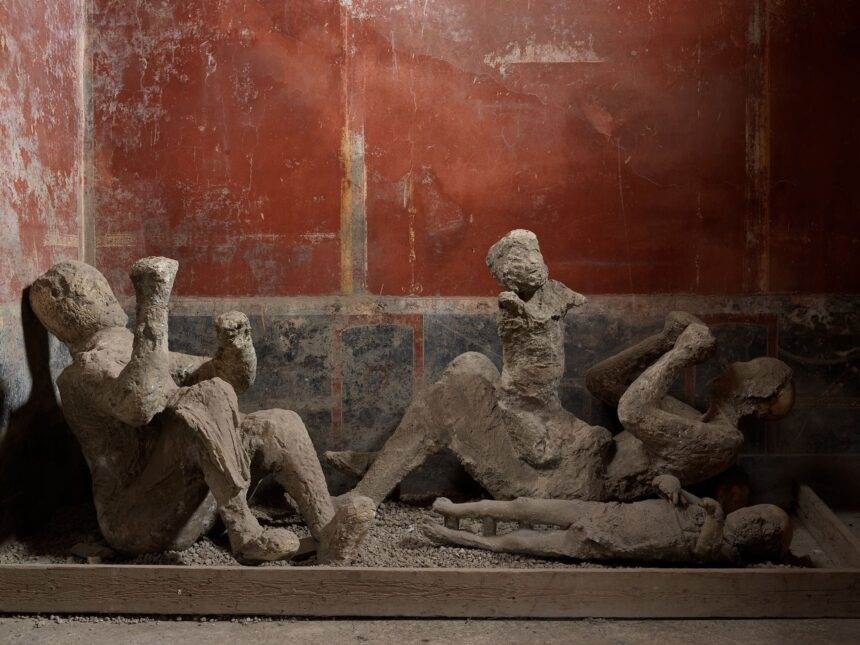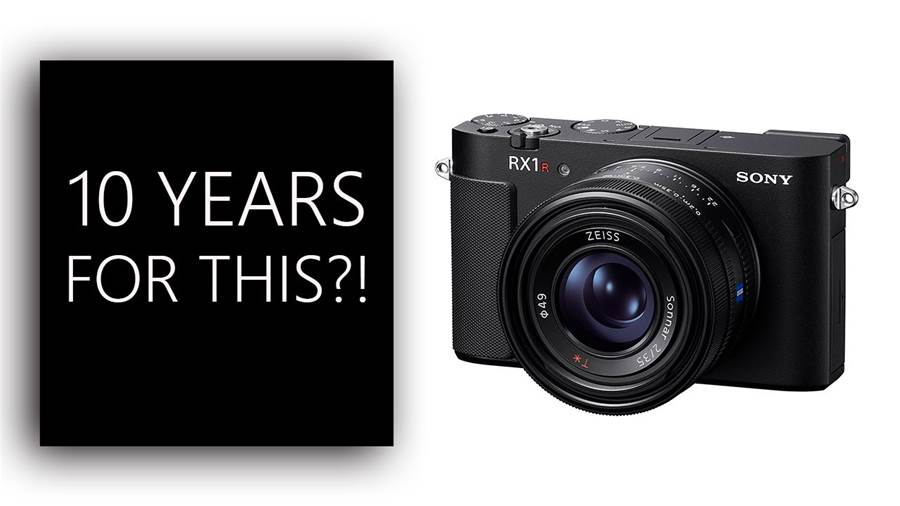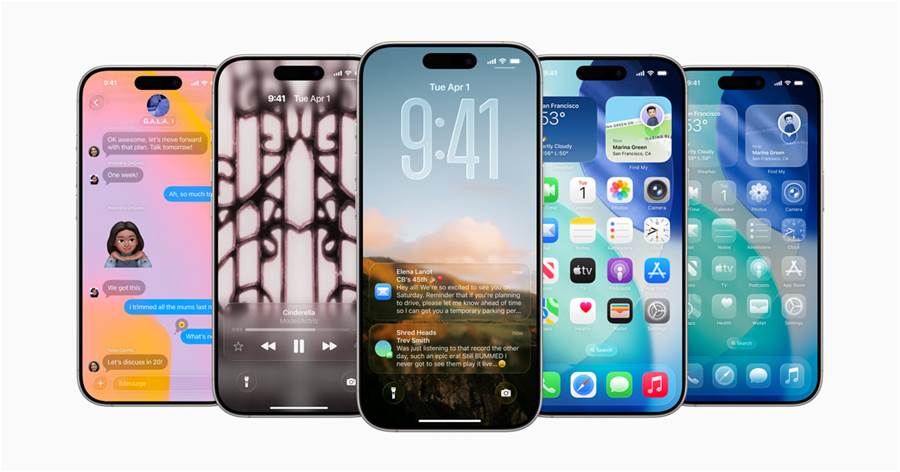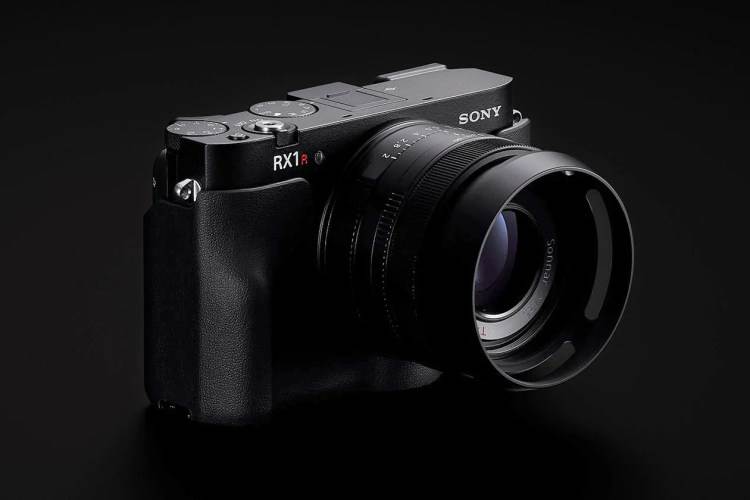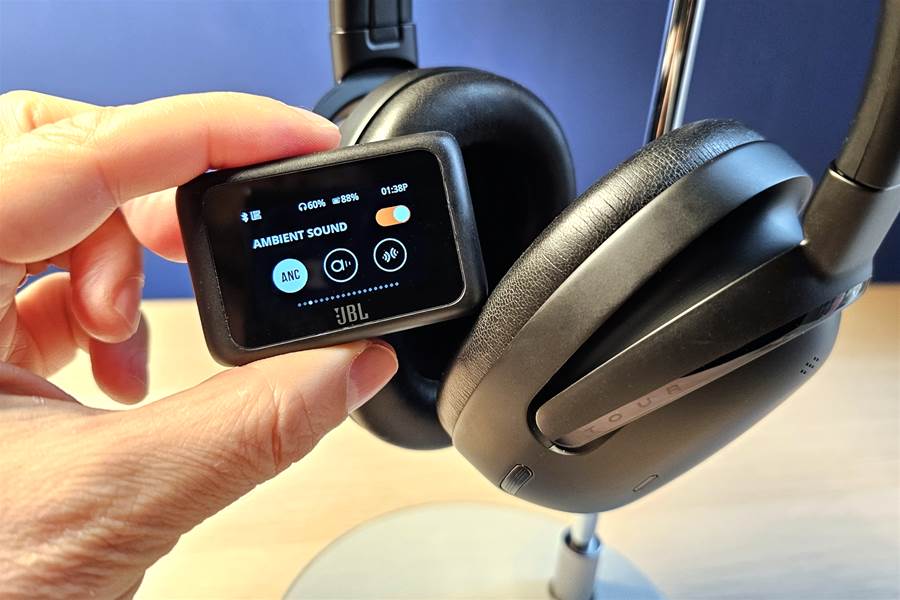
Robert Pattinson's Batman brings a fresh, grounded realism to the character that previous portrayals have only touched upon.
Unlike the polished and often idealized versions of Bruce Wayne in the past, Pattinson’s Batman is raw, broken, and very much still in development. He inhabits a Gotham that is equally bleak and full of moral ambiguities, mirroring the real world’s darker aspects. This version of Batman is more about grit than gadgets, offering a more introspective take on the Caped Crusader that stands in stark contrast to the tech-savvy hero of the Nolan films. As viewers watch him wrestle with his personal demons and unfinished vendettas, it becomes clear that this Batman is different—he’s not here to dazzle; he’s here to survive.
Fans have long awaited a Batman who is more detective than superhero, and Pattinson’s portrayal finally delivers. His Batman spends more time unraveling mysteries than simply punching out villains. This detective approach adds layers of depth to the character, pulling viewers into his thought process as he navigates the murky waters of Gotham's underbelly. The film successfully captures Batman’s sharp, analytical mind and builds tension by focusing on his investigative skills.
This Batman doesn’t have all the answers handed to him—he earns them.
Gone is the flashy, billionaire playboy facade. Pattinson’s Bruce Wayne is an isolated, brooding recluse who seems almost haunted by his wealth and status. This is a younger, less refined Bruce, grappling with the trauma that drives him to don the mask. He’s not interested in public appearances or maintaining a high-society lifestyle; he’s deeply entrenched in his alter-ego, to the point where Bruce Wayne and Batman seem indistinguishable.
This vulnerability humanizes him, making him more relatable and complex than his predecessors.
The Bat suit is another aspect where Pattinson’s portrayal stands out. It’s a practical, military-style suit that looks cobbled together from various tactical gear. It’s functional, not flashy, embodying the sense that Batman is still figuring things out. Unlike the sleek, high-tech suits of the past, this one feels lived-in, battle-worn, and intensely personal.
This emphasis on realism extends to his Batmobile, a muscle car that looks more like it belongs in a demolition derby than a futuristic sci-fi movie. Every piece of gear feels like it serves a purpose, grounding Batman in a way that enhances the believability of his character.
One of the things that elevate Pattinson’s Batman is the stellar ensemble around him. With Zoë Kravitz as a fierce Catwoman and Paul Dano’s chilling portrayal of the Riddler, the film leans heavily into its character-driven narrative.
The Riddler, in particular, adds a level of menace that hasn’t been seen in a Batman film since Heath Ledger’s Joker, raising the stakes and pushing Batman to his limits. The storyline, too, is more personal and focused, making it a gripping watch for audiences invested in the psychology of these characters.
The visual style of is another crucial element that sets it apart. Filmed with an eye for shadow and light, the movie feels like a noir detective film set in a superhero universe.
The gritty cinematography, combined with a haunting score, creates an atmosphere that is at once immersive and foreboding. Each frame feels meticulously crafted to reflect the darkness of both the city and its masked guardian, turning Gotham itself into a character that interacts with Batman in every scene.
Robert Pattinson’s Batman resonates with modern audiences because he isn’t perfect. He’s a man carrying the weight of his trauma, struggling to make sense of his identity and his purpose.
This Batman isn’t about invincibility; he’s about resilience, and that’s what makes him so compelling. In an era where superheroes often feel larger-than-life, Pattinson’s Batman brings a level of intimacy and realism that makes him arguably the best Batman for today’s world.






